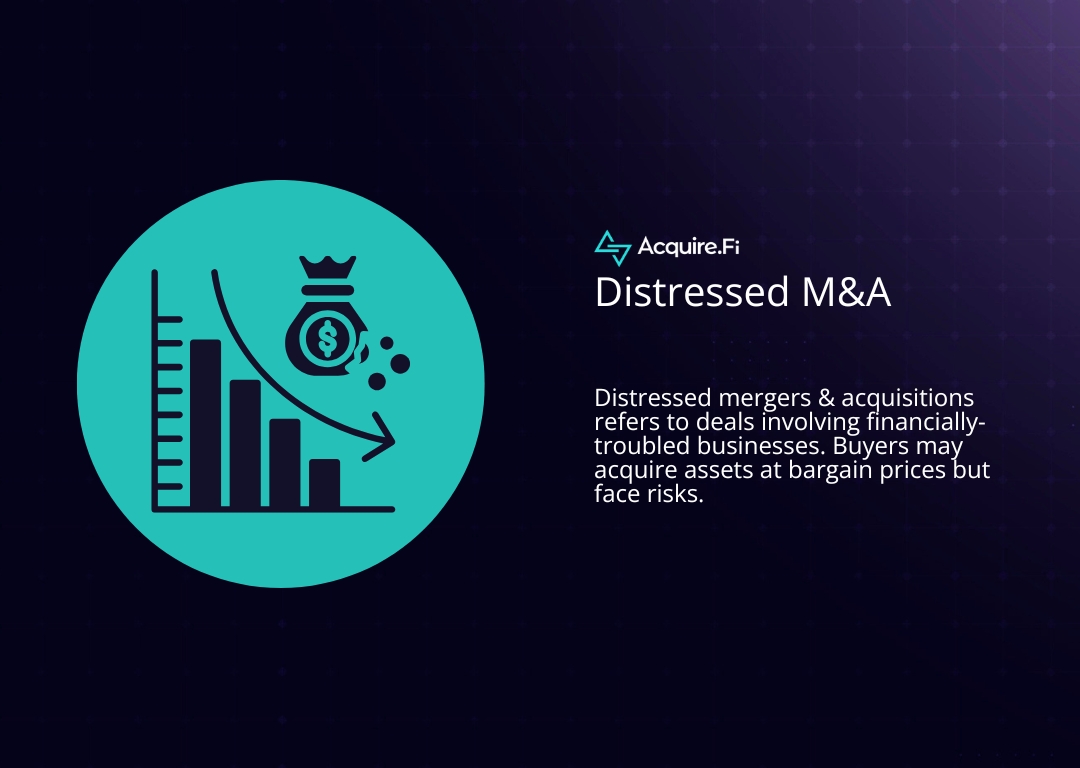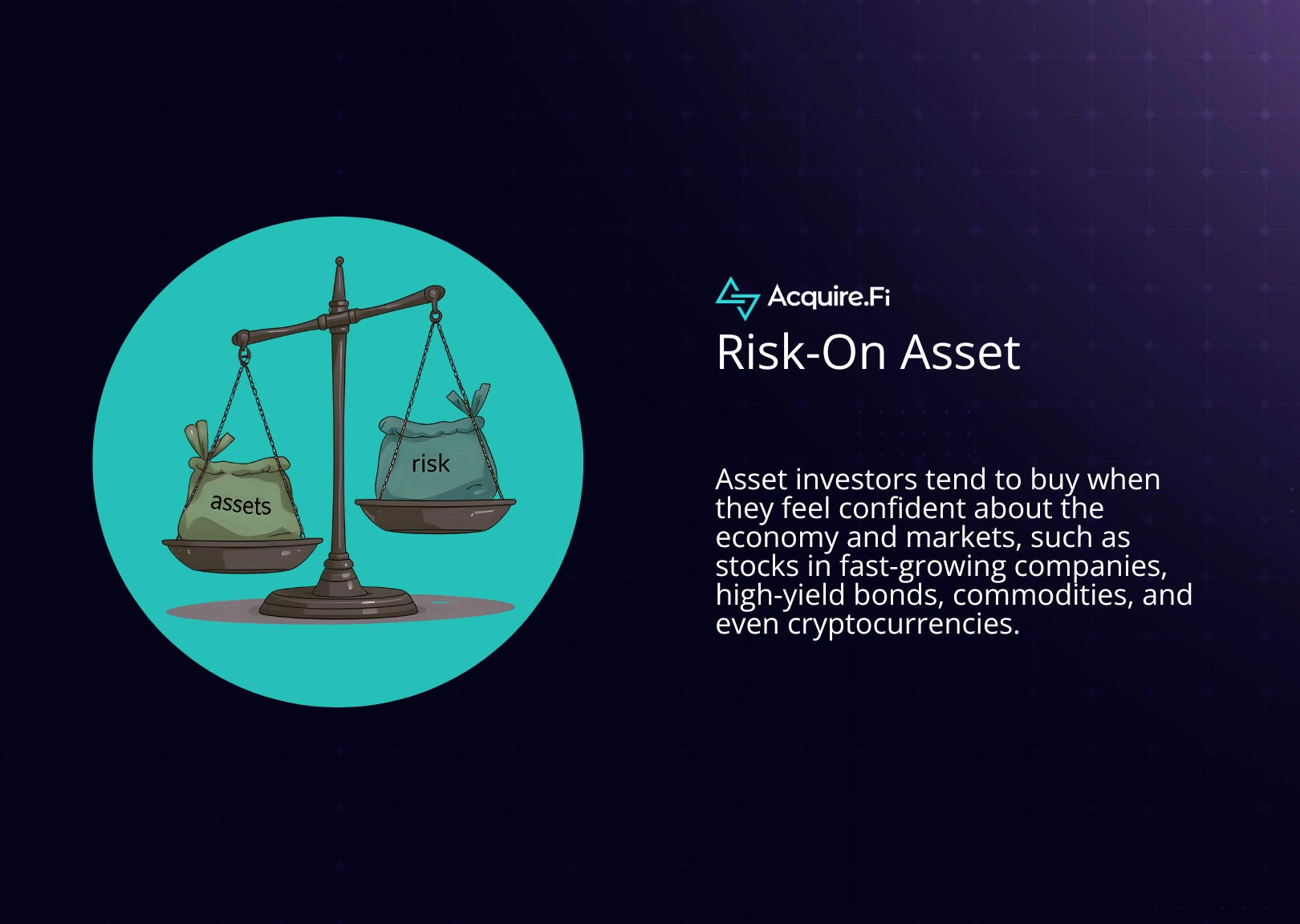Evaluating Futures Opportunities: A Step-by-Step Guide
Futures investing requires a great deal of research and analysis to identify the right opportunities. Evaluating futures investment opportunities is an essential skill for any investor looking to diversify their portfolio and make sound investments. In this article, we will provide a step-by-step guide on how to evaluate futures opportunities and maximize your chances of success.
Understanding Futures Opportunities
Futures are investment contracts that allow investors to buy or sell an underlying asset at a predetermined price and date. Futures opportunities are investments that involve buying or selling futures contracts in the hope of making a profit. Investing in futures can be a high-risk, high-reward strategy that requires extensive research and analysis to identify profitable opportunities.
What are Futures Opportunities?
Futures opportunities involve buying or selling futures contracts for an underlying asset such as commodities, currencies, or stocks. Futures contracts are agreements to buy or sell an asset at a specific time in the future, at a set price. Investors buy futures contracts when they believe the price of the underlying asset will rise in the future and sell them when they believe it will fall. Futures opportunities can provide investors with exposure to a diverse range of markets and asset classes.
For example, an investor interested in the oil market can invest in oil futures contracts. If the investor believes that the price of oil will increase in the future, they can buy oil futures contracts at the current price. If the price of oil increases in the future, the investor can sell the contracts at a higher price and make a profit. On the other hand, if the price of oil decreases, the investor will incur a loss.
The Importance of Evaluating Futures Opportunities
Evaluating futures investments is important for several reasons. Firstly, futures trading is highly speculative and can be risky, especially for inexperienced investors. Proper analysis and due diligence can help mitigate the risk of futures investments. Secondly, evaluating futures opportunities can help investors identify profitable investments that are aligned with their investment goals and risk tolerance. Lastly, evaluating futures investments can help investors diversify their portfolio and minimize the impact of any losses.
It is important to note that futures trading is not suitable for all investors. It is essential to evaluate your investment goals, risk tolerance, and financial situation before investing in futures.
Key Factors to Consider in Futures Opportunities
When evaluating futures opportunities, it is essential to consider the following factors:
- Market Trends: Understanding market trends is critical when evaluating futures opportunities. Analyzing past market trends can help investors predict future market movements.
- Industry Developments: Keeping up-to-date with industry developments can provide valuable insights into potential futures investments. For example, if an investor is interested in investing in gold futures, they should keep an eye on the global economic and political developments that can affect the price of gold.
- Expert Advice: Consulting with experts and seeking their opinion can provide investors with new perspectives and insights into futures investment opportunities. Experts can provide valuable advice on market trends, risk management, and investment strategies.
- Technical Analysis: Technical analysis involves analyzing charts and patterns to identify potential trading opportunities. Technical analysis can help investors identify trends, support and resistance levels, and potential price movements.
- Fundamental Analysis: Fundamental analysis involves analyzing the underlying factors that can affect the price of an asset. Factors such as supply and demand, economic indicators, and geopolitical events can affect the price of futures contracts.
By considering these factors, investors can make informed decisions about their futures investments and minimize the risks associated with futures trading.
Step 1: Identifying Potential Futures Opportunities
The first step in evaluating futures opportunities is to identify potential investments. Investors can do this by:
Researching Market Trends
Researching market trends involves analyzing past and present market movements to identify potential future opportunities. Historical data and charts can provide valuable insights into market patterns and help investors predict future trends.
For example, an investor interested in the technology sector may analyze the historical performance of companies such as Apple, Microsoft, and Google. By studying past trends in the industry, the investor may be able to identify emerging technologies and companies that have the potential for future growth.
Additionally, investors can use technical analysis to identify trends in the market. Technical analysis involves analyzing charts and using mathematical indicators to identify patterns and trends. This can help investors make informed decisions about when to enter or exit the market.
Analyzing Industry Developments
Staying up-to-date with industry developments can help investors identify emerging markets and opportunities. Investors can analyze industry reports, news articles, and social media to gain insights into new and emerging trends.
For example, an investor interested in the renewable energy sector may analyze industry reports on the growth of solar and wind energy. They may also follow news articles on government policies and regulations related to renewable energy. By staying informed on industry developments, the investor can identify companies that are well-positioned to benefit from the growth of the sector.
Networking and Seeking Expert Advice
Networking and consulting with experts can help investors identify hidden opportunities and gain new insights into futures markets. Experts can provide valuable advice on potential investments and act as a sounding board for investment ideas.
For example, an investor interested in the real estate market may attend industry conferences and network with other professionals in the field. They may also seek advice from real estate agents and brokers who have expertise in specific markets. By networking and seeking expert advice, the investor can gain a deeper understanding of the market and identify investment opportunities that may not be obvious to others.
Overall, identifying potential futures opportunities requires a combination of research, analysis, and networking. By following these steps, investors can identify investments with the potential for future growth and success.
Step 2: Assessing the Risk and Reward of Futures Opportunities
Once potential futures opportunities have been identified, the next step is to assess their risk and reward potential. This step is crucial because it can help investors make informed decisions about their investments.
Assessing profits and losses involves analyzing the potential financial outcomes of an investment. It is important to calculate potential gains and losses for various scenarios to understand potential risks. Investors should consider factors such as market trends, economic indicators, and geopolitical events that could affect the investment. By doing so, investors can better understand the risks associated with the investment and make informed decisions.
Calculating Potential Profit and Loss
Calculating potential profit and loss is an essential step in assessing the risk and reward of futures opportunities. Investors should analyze historical data, market trends, and economic indicators to determine potential profits and losses. By doing so, investors can make informed decisions about whether to invest in a particular opportunity.
It is important to note that calculating potential profits and losses is not an exact science. There are always risks associated with investments, and investors should be prepared to accept losses as well as gains.
Understanding Market Volatility
Market volatility is the degree of price fluctuations in a given market. High volatility can increase the risks of futures investing, while low volatility tends to decrease risks. Investors should assess market volatility to determine their risk tolerance for specific investments.
Market volatility can be caused by a variety of factors, including economic indicators, geopolitical events, and market trends. Investors should stay up-to-date on these factors to make informed decisions about their investments.
Diversifying Your Portfolio
Diversification involves investing in different asset classes to minimize the risk of any single investment. Investing in diverse futures markets can help investors lower portfolio risk and increase the chances of a profitable return.
Investors should consider diversifying their portfolio across different industries, asset classes, and geographic regions. This can help minimize the impact of market volatility on their investments and increase the chances of a profitable return.
By assessing the risk and reward potential of futures opportunities, investors can make informed decisions about their investments and minimize the risks associated with futures investing.
Step 3: Analyzing the Fundamentals of Futures Opportunities
The final step in evaluating futures opportunities is to analyze their fundamentals. This includes:
Examining the Underlying Asset
The underlying asset is the commodity, currency, or stock that the futures contract is based on. It is important to analyze the supply and demand dynamics of the underlying asset, as well as any geopolitical or economic factors that may impact its price. For example, if the underlying asset is crude oil, investors should consider factors such as OPEC production quotas, geopolitical tensions in oil-producing countries, and global demand for oil. Understanding the fundamentals of the underlying asset is critical to evaluating its potential as a futures investment.
Evaluating the Financial Health of the Company
Assessing the financial health of the company issuing the futures contract is essential to understanding the potential risks and rewards involved in the investment. Investors should analyze the company's financial statements, including its balance sheet, income statement, and cash flow statement. They should also consider the company's debt levels, profitability, and growth prospects. A company with strong financials is more likely to be a reliable counterparty in a futures contract.
Considering the Competitive Landscape
Understanding the competitive landscape is critical to identifying potential futures opportunities. Investors should assess the competition in a given market to determine the potential profitability of a futures investment. They should consider factors such as market share, barriers to entry, and the competitive advantages of different companies. For example, if the underlying asset is a particular crop, investors should analyze the competitive landscape of the agricultural industry, including factors such as weather patterns, government subsidies, and technological advancements.
By thoroughly analyzing the fundamentals of futures opportunities, investors can make informed decisions about their investments and potentially capitalize on profitable opportunities.
Conclusion
Evaluating futures opportunities requires extensive research and analysis. Investors must consider various factors such as market trends, industry developments, and the fundamentals of the underlying asset when evaluating futures opportunities. By following the step-by-step guide outlined in this article, investors can maximize their chances of success and make sound futures investments.
Knowing the risks of Futures, you may want to invest in Web3 OTC and secondaries.












.webp)